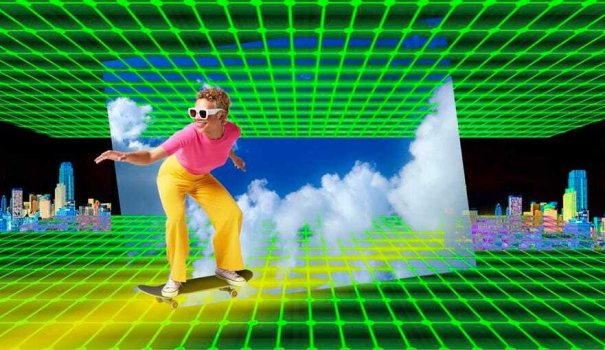The first website in history was created in 1991. You can still view it online today.
The internet has evolved immeasurably from those early days, and it now has more than 5 billion regular users, roughly 63% of the world’s population.
Some people believe that a new paradigm for the internet is coming, called Web 3.0—also often styled Web3. They claim that a next-generation set of technologies could disrupt society just like Web 1.0 did in the 1990s.
Despite these lofty claims, the concept of Web 3.0 can be both confusing and elusive. Let’s take a closer look at the claims and criticisms of Web 3.0 to understand better what it’s all about.
Web 1.0: The Static Web
The first version of the internet is sometimes called the “static web.” It was made of read-only webpages that, by and large, lacked much in the way of interactive features.
Web 1.0 offered little beyond browsing static pages. Content generation was handled by a select few, and information was hard to find.
Web 2.0: The Dynamic Web
In October 2004, O’Reilly Media and MediaLive hosted the first Web 2.0 conference to highlight a host of new software applications built on the web.
In late 2005, YouTube was launched. The video-sharing site was a big part of the Web 2.0 revolution, which marked the internet’s departure to an era of dynamic content. Users could now interact with web pages, communicate with each other and create content.
For many, the greatest symbol of this era is the emergence of social media networks. Smartphones soon followed, with the first iPhone released in 2007.
Before long, we were all creating, sharing and commenting on content instantaneously from the palms of our hands. If Web 1.0 was the read-only iteration, Web 2.0 could be seen as the read/write upgrade, or what we know as the internet today.
Continue reading: https://www.forbes.com/advisor/investing/cryptocurrency/what-is-web-3-0/
The internet has evolved immeasurably from those early days, and it now has more than 5 billion regular users, roughly 63% of the world’s population.
Some people believe that a new paradigm for the internet is coming, called Web 3.0—also often styled Web3. They claim that a next-generation set of technologies could disrupt society just like Web 1.0 did in the 1990s.
Despite these lofty claims, the concept of Web 3.0 can be both confusing and elusive. Let’s take a closer look at the claims and criticisms of Web 3.0 to understand better what it’s all about.
Web 1.0: The Static Web
The first version of the internet is sometimes called the “static web.” It was made of read-only webpages that, by and large, lacked much in the way of interactive features.
Web 1.0 offered little beyond browsing static pages. Content generation was handled by a select few, and information was hard to find.
Web 2.0: The Dynamic Web
In October 2004, O’Reilly Media and MediaLive hosted the first Web 2.0 conference to highlight a host of new software applications built on the web.
In late 2005, YouTube was launched. The video-sharing site was a big part of the Web 2.0 revolution, which marked the internet’s departure to an era of dynamic content. Users could now interact with web pages, communicate with each other and create content.
For many, the greatest symbol of this era is the emergence of social media networks. Smartphones soon followed, with the first iPhone released in 2007.
Before long, we were all creating, sharing and commenting on content instantaneously from the palms of our hands. If Web 1.0 was the read-only iteration, Web 2.0 could be seen as the read/write upgrade, or what we know as the internet today.
Continue reading: https://www.forbes.com/advisor/investing/cryptocurrency/what-is-web-3-0/

